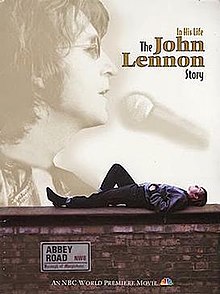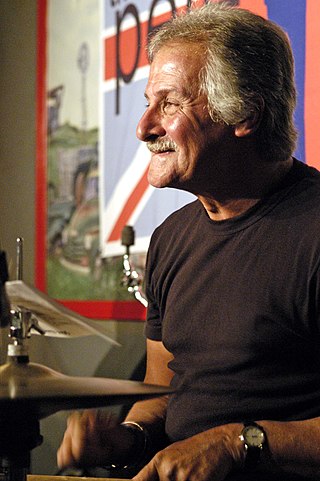
Randolph Peter Best is an English musician who was the drummer for the Beatles from 1960 to 1962. He was dismissed shortly before the band achieved worldwide fame and is one of several people referred to as a fifth Beatle.
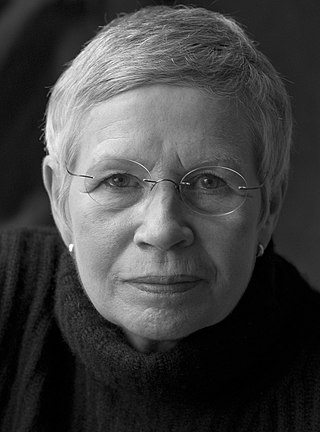
Astrid Kirchherr was a German photographer and artist known for her association with the Beatles and her photographs of the band's original members – John Lennon, Paul McCartney, George Harrison, Stuart Sutcliffe and Pete Best – during their early days in Hamburg.
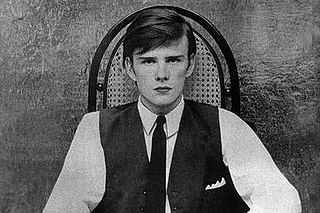
Stuart Fergusson Victor Sutcliffe was a British painter and musician from Edinburgh, Scotland, best known as the original bass guitarist of the Beatles. Sutcliffe left the band to pursue his career as a painter, having previously attended the Liverpool College of Art. Sutcliffe and John Lennon are credited with inventing the name "Beetles" (sic), as they both liked Buddy Holly's band, the Crickets. They also had a fascination with group names with double meanings, so Lennon then came up with "The Beatles", from the word beat. As a member of the group when it was a five-piece band, Sutcliffe is one of several who are sometimes referred to as the "Fifth Beatle".

Brian Samuel Epstein was an English music entrepreneur who managed the Beatles from 1961 until his death in 1967.

20 Forthlin Road is a National Trust property in Allerton in south Liverpool, Merseyside, England. It is the house in which Paul McCartney lived for several years before he rose to fame with the Beatles, and it is labelled by the National Trust as "the birthplace of the Beatles". It was also the home of his brother Mike and the birthplace of the trio the Scaffold, of which Mike was a member.

251 Menlove Avenue is the childhood home of the Beatles' John Lennon. Located in the Woolton suburb of Liverpool, it was named Mendips after the Mendip Hills. The Grade II listed building is preserved by the National Trust.

Cynthia Lennon was a British artist and author, and the first wife of John Lennon.
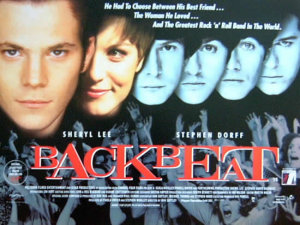
Backbeat is a 1994 independent drama film directed by Iain Softley. It chronicles the early days of The Beatles in Hamburg, West Germany. The film focuses primarily on the relationship between Stuart Sutcliffe and John Lennon, and also with Sutcliffe's German girlfriend Astrid Kirchherr. It has subsequently been made into a stage production.
Kenwood is a house on the St George's Hill estate, Weybridge, Surrey, England. Originally called the Brown House, it was designed by architect T. A. Allen, and built in 1913 by Love & Sons, a local building firm. The estate was constructed around the Weybridge Golf Club, which was designed in 1912 by Harry Colt.

Birth of the Beatles is a 1979 American biographical film, produced by Dick Clark Productions and directed by Richard Marquand. It was shown as a TV film on ABC in the United States, and received a theatrical release in other countries. The film focuses on the early history of the Beatles. It was released nine years after the Beatles disbanded, and is the only biographical film about the band to be released while all four members were alive. Pete Best, the Beatles' original drummer, served as a technical advisor for the production.

Allan Richard Williams was a British businessman and promoter who was the original booking agent and first manager of the Beatles. He drove the van to take the young band to Hamburg, West Germany, in 1960, where they gained the vital show business experience that led to their emergence on the world stage. Williams was also a promoter and agent of a number of other Liverpool rock acts, helping stoke the Merseybeat boom of the early 1960s.

Mary Elizabeth "Mimi" Smith was a maternal aunt and the parental guardian of the English musician John Lennon. Mimi Stanley was born in Toxteth, Liverpool, England, the oldest of five daughters. She became a resident trainee nurse at the Woolton Convalescent Hospital and later worked as a private secretary. On 15 September 1939 she married George Toogood Smith who ran his family's dairy farm and a shop in Woolton, a suburb of Liverpool.

George Toogood Smith was the maternal uncle, through marriage, of John Lennon. Smith operated his family's two dairy farms and a retail outlet with his brother, Frank Smith, in the village of Woolton, Liverpool. The farms had been in the Smith family for four generations, but after the start of the Second World War, they were taken over by the British Government for war work.

Julia Lennon was the mother of English musician John Lennon, who was born during her marriage to Alfred Lennon. After complaints to Liverpool's Social Services by her eldest sister Mimi Smith, she surrendered the care of her son to Mimi. She later had one daughter after an affair with a Welsh soldier, but pressure from her family made her place the baby for adoption. Later she had two daughters, Julia and Jackie, with John "Bobby" Dykins. She never divorced her husband, preferring to live as Dykins' common-law wife for the rest of her life.

Alfred Lennon, also known as Freddie Lennon, was an English seaman and singer who was best known as the father of musician John Lennon. Alfred spent many years in an orphanage with his sister, Edith, after his father died.
Christopher Nigel Walley is an English former golfer and tea-chest bass player and manager, best known for his association with band The Quarrymen, the precursor of The Beatles which included John Lennon. His surname has often been spelt incorrectly as 'Whalley' in numerous books and on web pages.
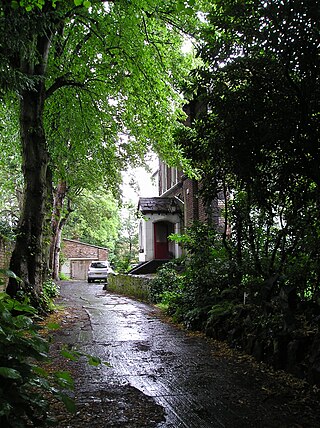
The Casbah Coffee Club, officially Casbah Club, was a rock and roll music venue in the West Derby area of Liverpool, England, that operated from 1959 to 1962. Started by Mona Best, mother of early Beatles drummer Pete Best, in the cellar of the family home, the Casbah was planned as a members-only club for her sons Pete and Rory and their friends, to meet and listen to the popular music of the day. Mona came up with the idea of the club after watching a TV report about the 2i's Coffee Bar in London's Soho where several singers had been discovered.
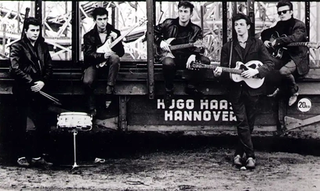
The original lineup of the Beatles, John Lennon, Paul McCartney, George Harrison, Stuart Sutcliffe and Pete Best, regularly performed at different clubs in Hamburg, West Germany, during the period from August 1960 to May 1962; a chapter in the group's history which honed their performance skills, widened their reputation, and led to their first recording, which brought them to the attention of Brian Epstein. In November and December 1962 they played with Ringo Starr on drums.

The Fest for Beatles Fans is a twice-annual, three-day festival that honors the lasting legacy of the Beatles. The festival takes place in the New York metropolitan area, ordinarily in March or April, and in Chicago, Illinois, each August. Running Friday through Sunday, the Fest features special guests, live concerts, exhibits, art contests, a Beatles marketplace, a sound-alike contest, a Battle of the Beatles Bands, and more.
